How to Convert Liters to Milliliters and Vice Versa
10:58 | 12/09/2021 Print
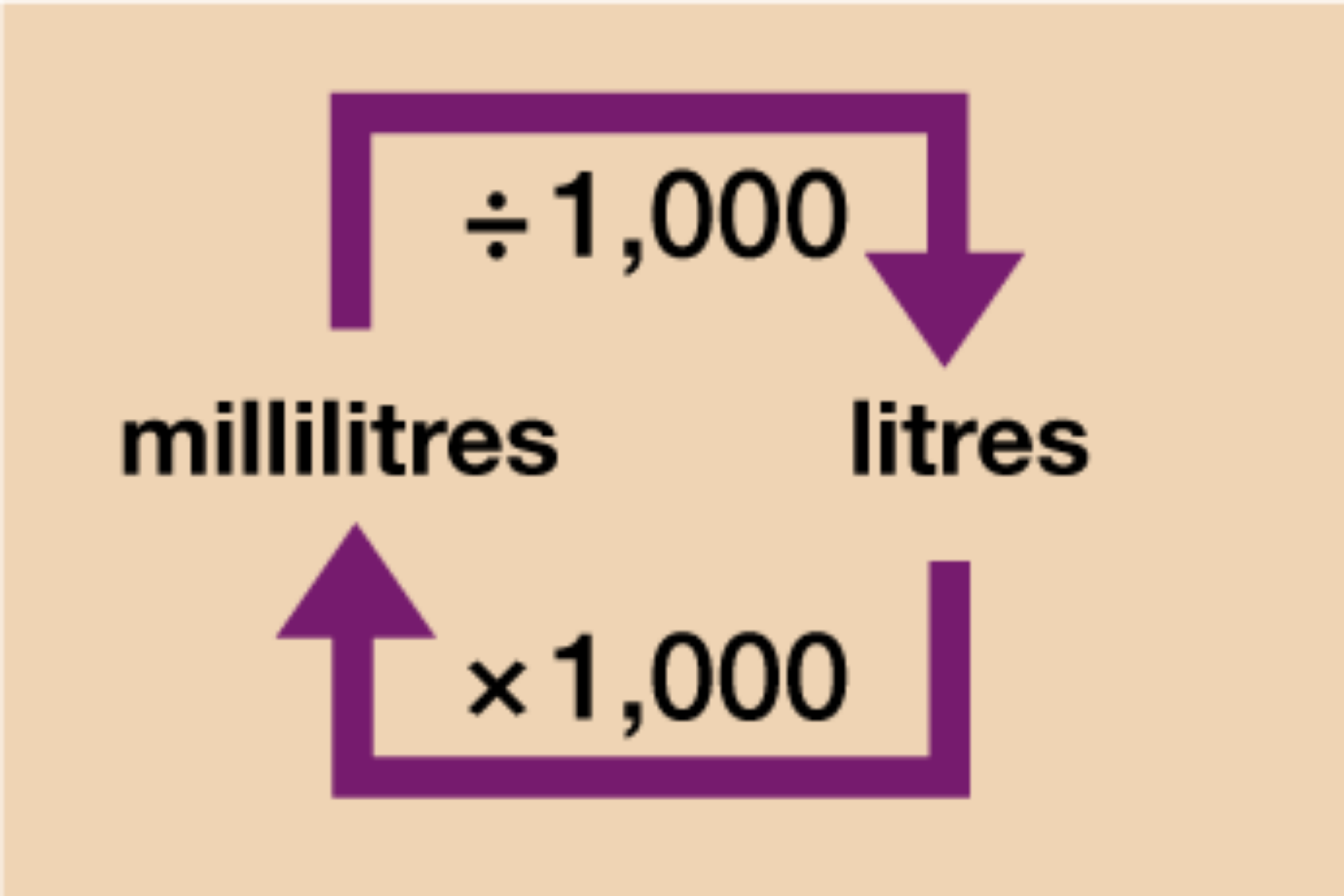 |
| Illustrated picture. Photo: Mixi |
The liter and the milliliter are both key units of volume in the metric system. The method for converting liters to milliliters is demonstrated in this worked example problem.
How to Convert Liters to Milliliters
Liters and milliliters are metric units of volume which are used to measure the capacity of a liquid. The capacity of a liquid can be measured in milliliters, centiliters, liters and kiloliters. Though all these units represent the same quantity, their values differ. In this page, we will find the relation between liters and milliliters and the conversion between these units.
What is Liter?
A liter is a unit of volume equal to 1,000 cubic centimeters. The liter is a special name defined for the cubic decimeter and is exactly equal to the volume of one cubic decimeter.
The liter is an SI accepted unit for volume for use with the metric system. A liter is sometimes also referred to as a litre. Liters can be abbreviated as l, and are also sometimes abbreviated as L or ℓ. For example, 1 liter can be written as 1 l, 1 L, or 1 ℓ.
What is Milliliter?
The milliliter is a unit of volume equal to 1 cubic centimeter, 1/1,000 of a liter, or about 0.061 cubic inches.
The milliliter is an SI unit of volume in the metric system. In the metric system, "milli" is the prefix for 10-3. A milliliter is sometimes also referred to as a millilitre. Milliliters can be abbreviated as ml, and are also sometimes abbreviated as mL or mℓ. For example, 1 milliliter can be written as 1 ml, 1 mL, or 1 mℓ.
Milliliters are sometimes expressed using the abbreviation cc for medical dosage, which is the abbreviation for the cubic centimeter.
How Many Milliliters in a Liter?
The key to working a liter to milliliter problem (or vice versa) is to know the conversion factor. There are 1000 milliliters in each liter. Because this is a factor of 10, you don't actually have to break out the calculator to do a conversion. You can simply move the decimal point. Move it three spaces to the right to convert liters to milliliters (e.g., 5.442 L = 5443 ml) or three spaces to the left to convert milliliters to liters (e.g., 45 ml = 0.045 L).
Convert Liters to Milliliters
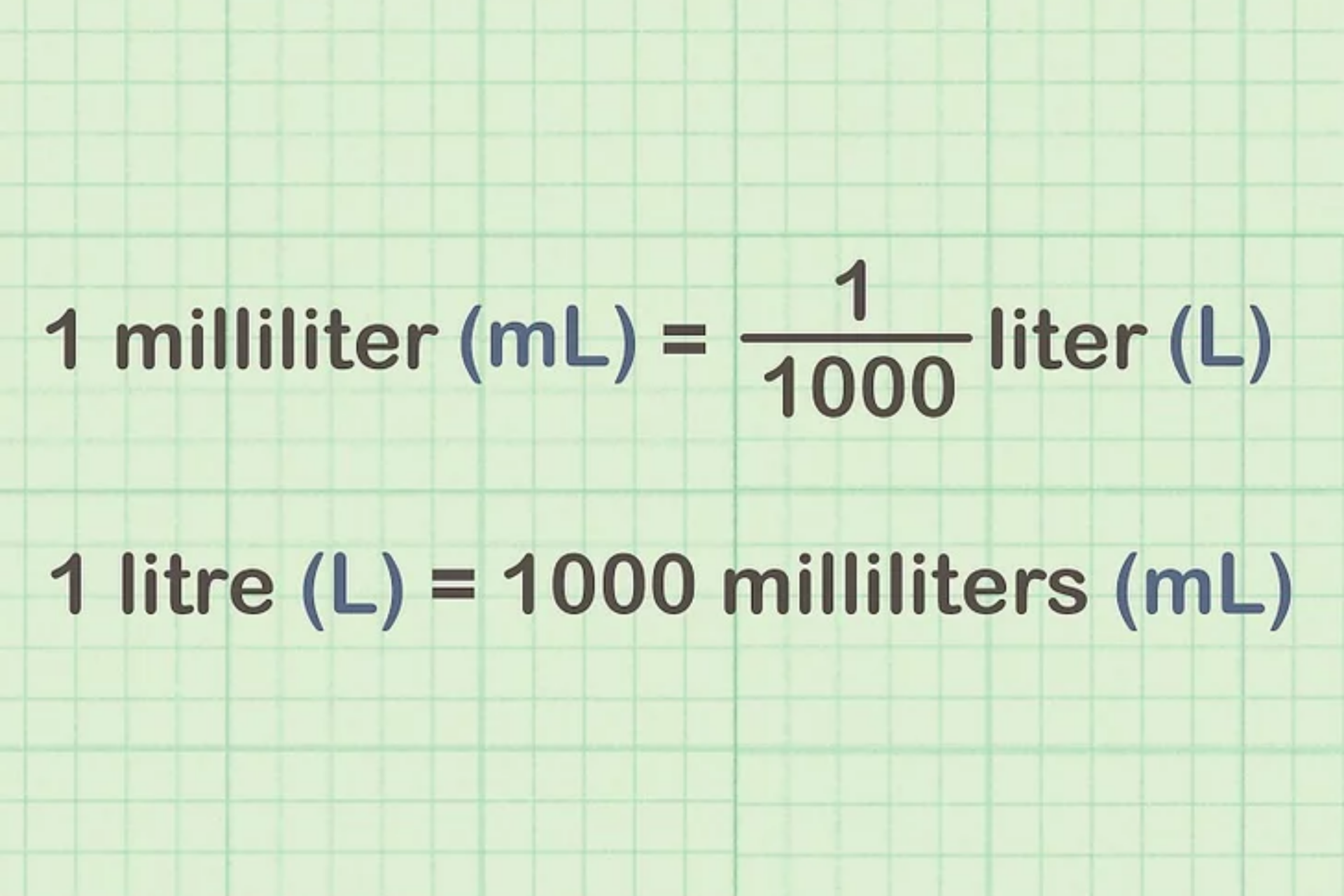 |
| Photo: KnowInsiders |
Step 1: Note that “milli” means one-thousandth. A great trick for remembering the difference between liters and milliliters lies in knowing the definition of the prefix. Since “milli” means one-thousandth, a milliliter is 1/1,000 of a liter.
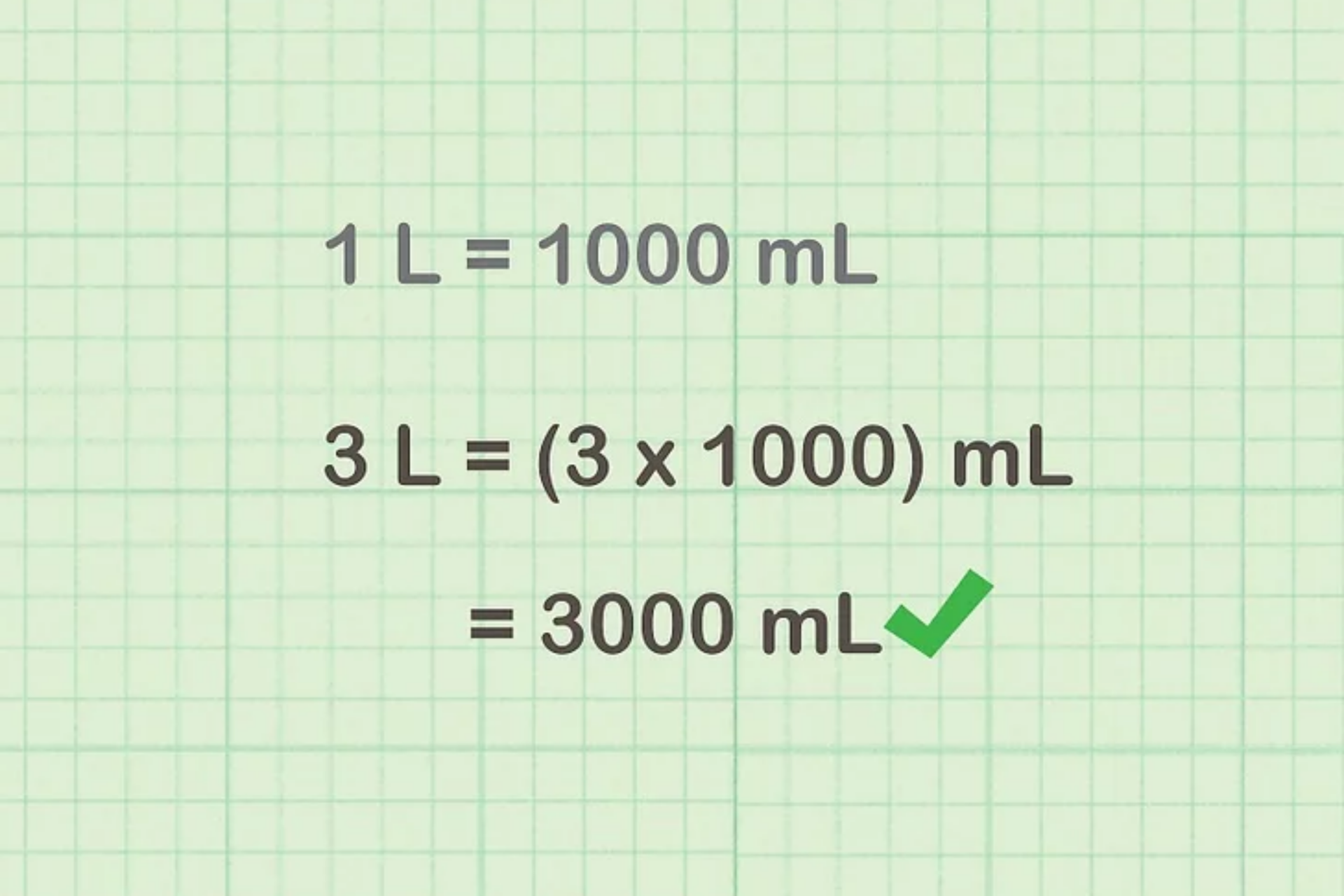 |
| Photo: KnowInsiders |
Step 2: Multiply the number of liters (L) by 1,000 to find the number of milliliters (mL). There are 1,000 times as many milliliters as there are liters.[2]
For instance, say you have 3 liters. Simply multiply 3 liters by 1,000 to get 3,000 milliliters. Therefore, 3 L = 3,000 mL.
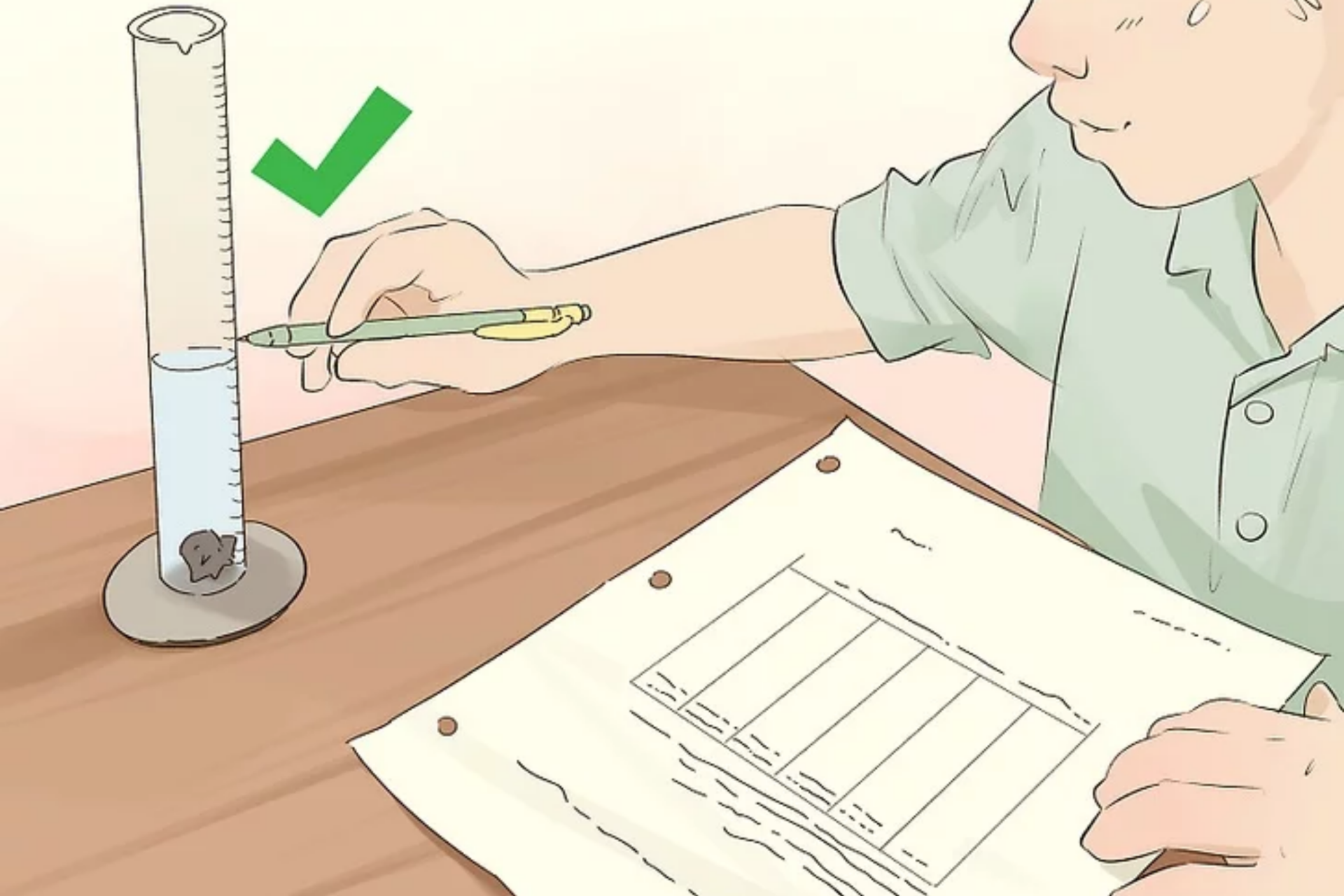 |
| Photo: KnowInsiders |
Step 3: Keep in mind that liters (L) and milliliters (mL) measure volume. “Volume,” also known as capacity, refers to how much three-dimensional space an object occupies. In most cases, liters and milliliters are used to measure the volume of liquid or gas.
| For example, here's how to convert 5 liters to milliliters using the formula above. 5 l = (5 × 1,000) = 5,000 ml |
How to Convert Milliliters into Liters
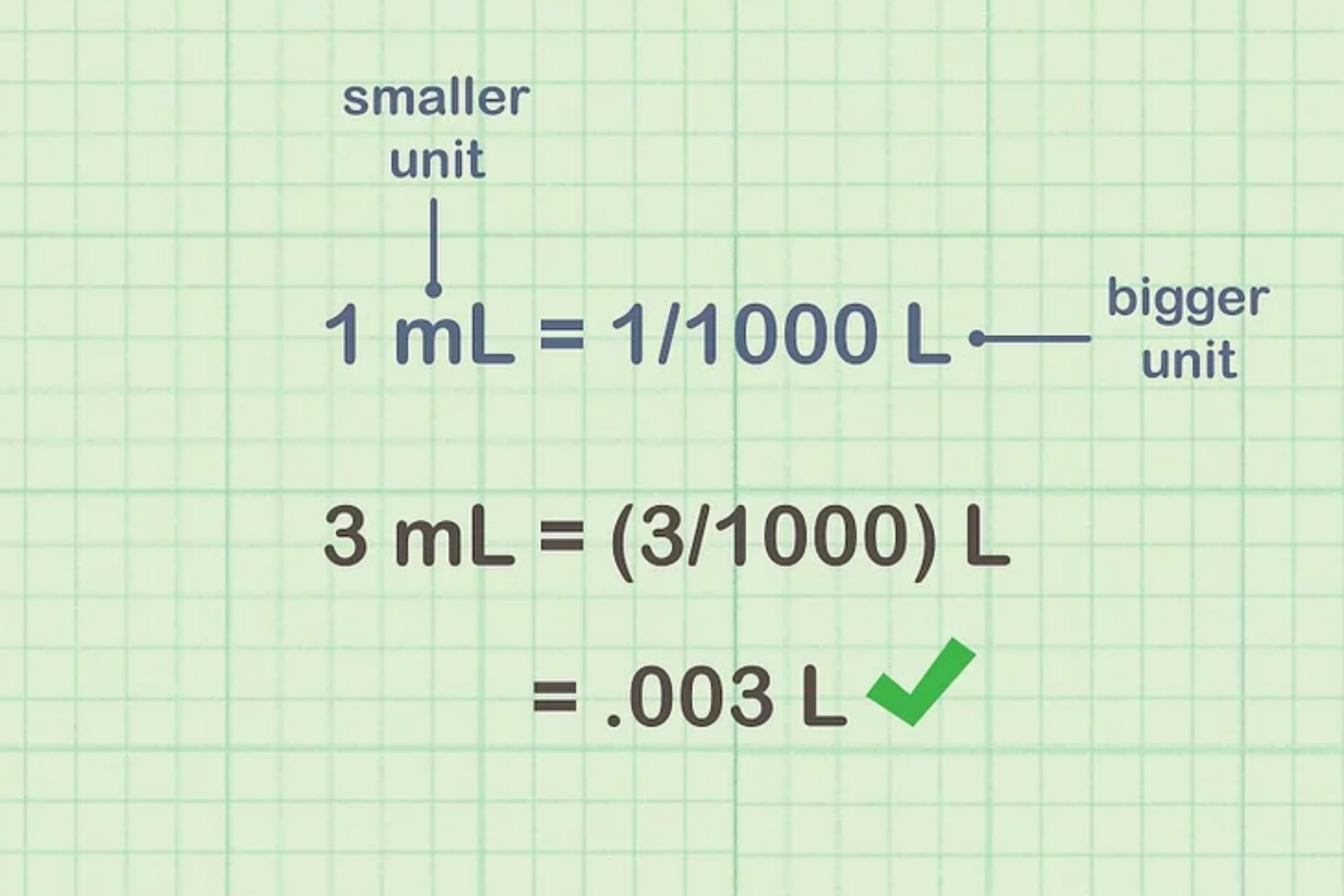 |
| Photo: KnowInsiders |
Step 1: Remember that milliliters (mL) are smaller units than liters (L). Keep in mind that “milli” means “one-thousandth,” so a milliliter is one-thousandth the size of a liter. Therefore, there will be fewer liters than milliliters.
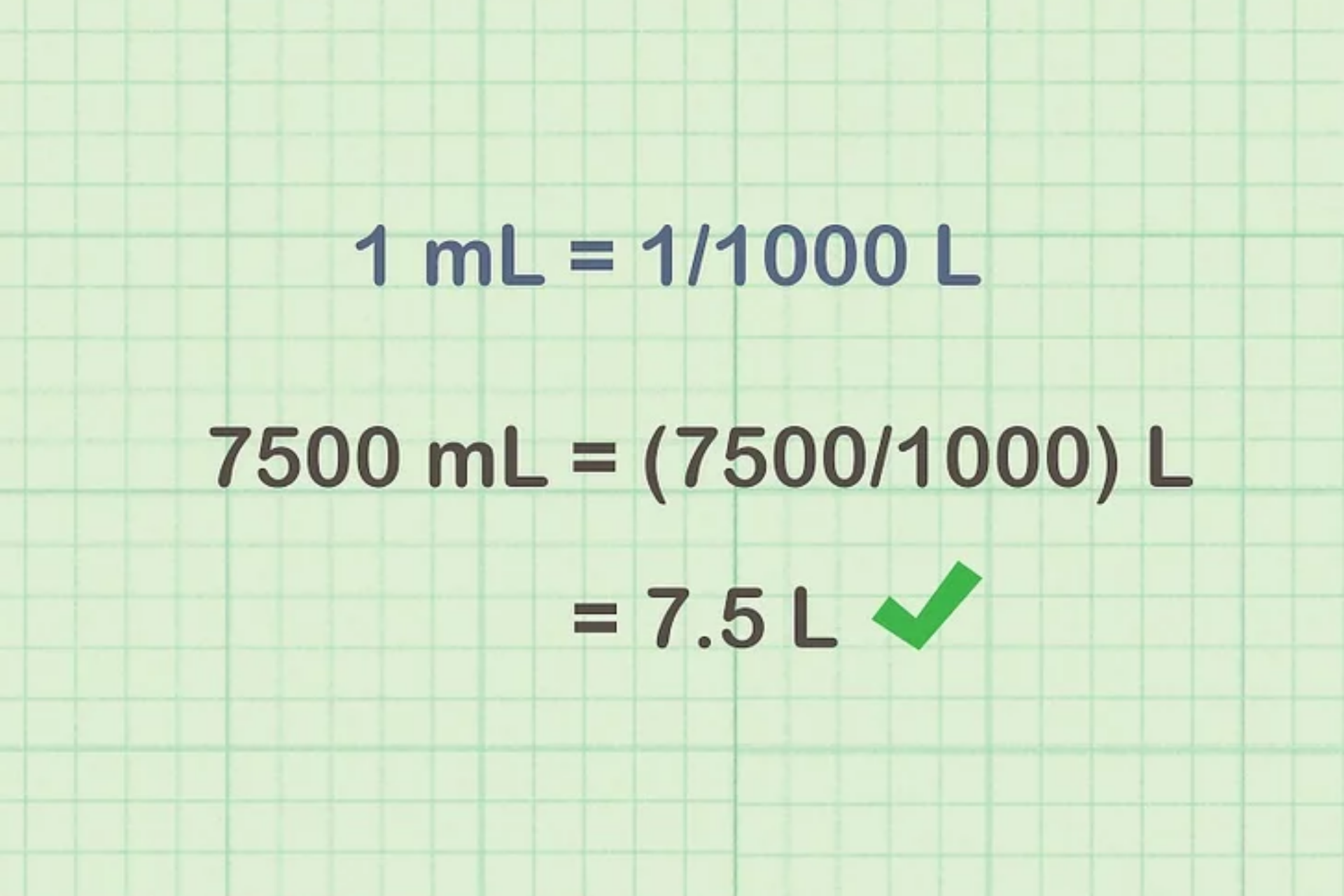 |
| Photo: KnowInsiders |
Step 2: Divide the number of milliliters (mL) by 1,000 to get the number of liters (L). Remember that there are 1,000 milliliters in every liter.
For instance, let’s say you have 7,500 milliliters. Divide 7,500 milliliters by 1,000 to get 7.5 liters. So, 7,500 mL = 7.5 L.
 |
| Photo: KnowInsiders |
Step 3: Note that milliliters (mL) and liters (L) are metric units. If you don’t have a lot of experience measuring volume in milliliters or liters, that may be because you aren’t familiar with the metric system, and both mL and L are metric units. In the U.S., units like cups, pints, quarts, and gallons are more commonly used to measure volume.
How to Convert Liter to Milliliter and Vice Versa in Excel
CONVERT Function Syntax
=CONVERT(Number,From_Unit,To_Unit)
* Number is the value you want to convert; From_Unit is the unit for the Number; To_Unit is the unit for the result.
Excel requires abbreviations, or short forms, for many measurement units in From_Unit and To_Unit arguments. For example, "l" is used for liter, "ml" is for milileter.
Check out this video to know more details about how to Convert Liter to Milliliter and Vice Versa in Excel - Convert Function:
Liter to Milliliter Conversion Table
| Liters | Milliliters |
|---|---|
| 0.001 l | 1 ml |
| 0.002 l | 2 ml |
| 0.003 l | 3 ml |
| 0.004 l | 4 ml |
| 0.005 l | 5 ml |
| 0.006 l | 6 ml |
| 0.007 l | 7 ml |
| 0.008 l | 8 ml |
| 0.009 l | 9 ml |
| 0.01 l | 10 ml |
| 0.02 l | 20 ml |
| 0.03 l | 30 ml |
| 0.04 l | 40 ml |
| 0.05 l | 50 ml |
| 0.06 l | 60 ml |
| 0.07 l | 70 ml |
| 0.08 l | 80 ml |
| 0.09 l | 90 ml |
| 0.1 l | 100 ml |
| 0.2 l | 200 ml |
| 0.3 l | 300 ml |
| 0.4 l | 400 ml |
| 0.5 l | 500 ml |
| 0.6 l | 600 ml |
| 0.7 l | 700 ml |
| 0.8 l | 800 ml |
| 0.9 l | 900 ml |
| 1 l | 1,000 ml |
In this video, you'll learn how to easily convert liter to milliliter and vice versa:
For more interesting news of KnowInsiders, check out now!
 How to Convert PDF to Solidworks: Check 9 Simple Steps How to Convert PDF to Solidworks: Check 9 Simple Steps PDFs are a ubiquitous requirement in daily engineering life. Check out the ways to convert PDF to Solidworks using Solidworks program on a Windows computer ... |
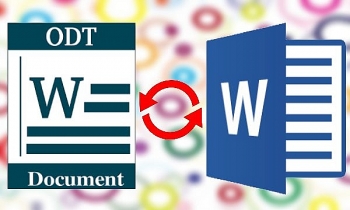 How to Convert Odt File to Word: Best Methods and Simple Steps How to Convert Odt File to Word: Best Methods and Simple Steps Files that end with the extension "ODT" are from the program "Open Office.org" or LibreOffice. Check out right below the methods to concert Odt file ... |
 How to Convert Milligrams to Teaspoons in Math and Real Life How to Convert Milligrams to Teaspoons in Math and Real Life A standardized measurement system for recipes would make cooking a much simpler process, especially if you're looking to cook recipes from around the world. Check ... |
Mixi
Article URL: https://knowinsiders.com/how-to-convert-liters-to-milliliters-and-vice-versa-32370.html
All rights reserved by KnowInsider
